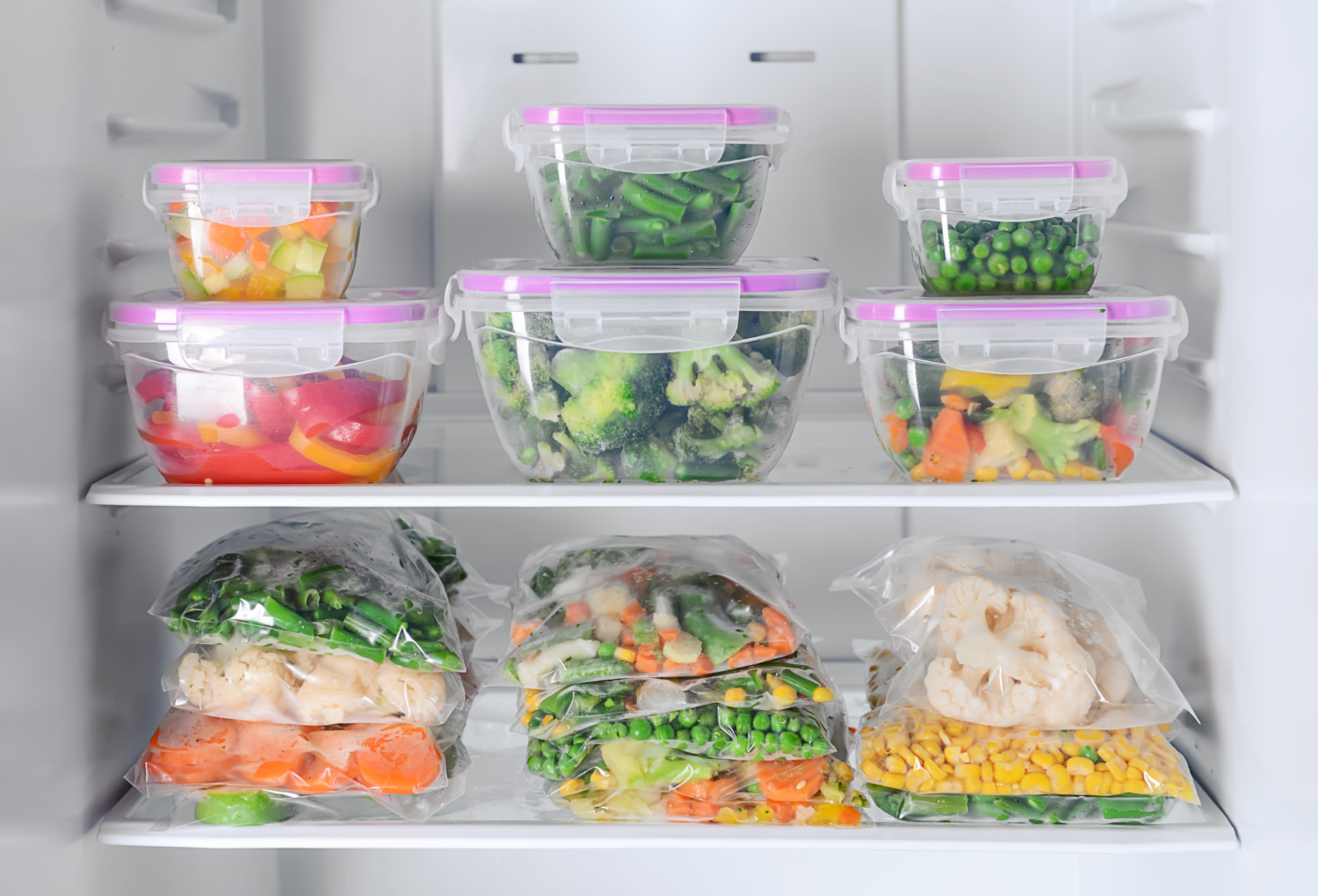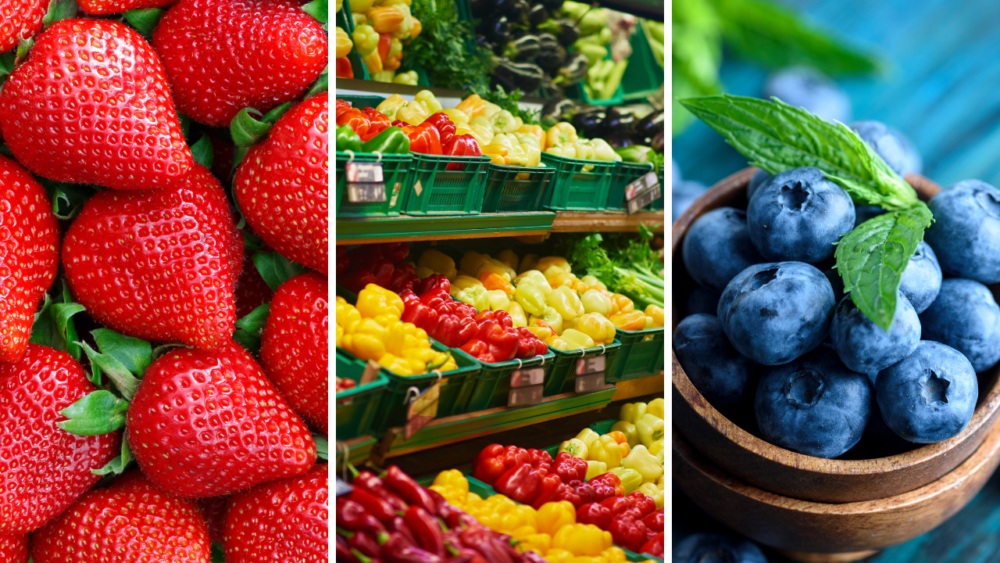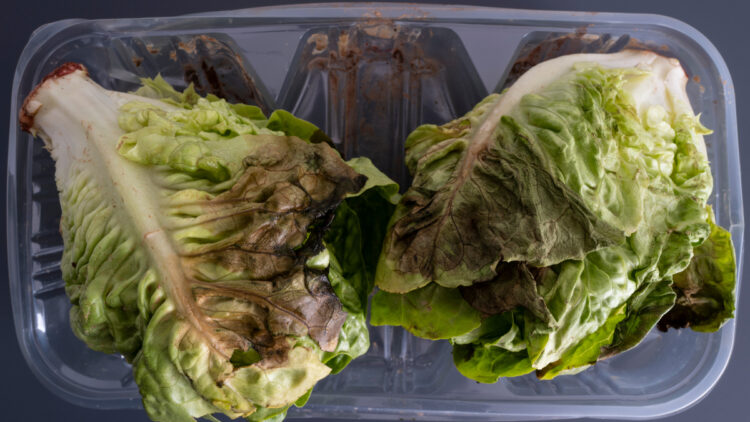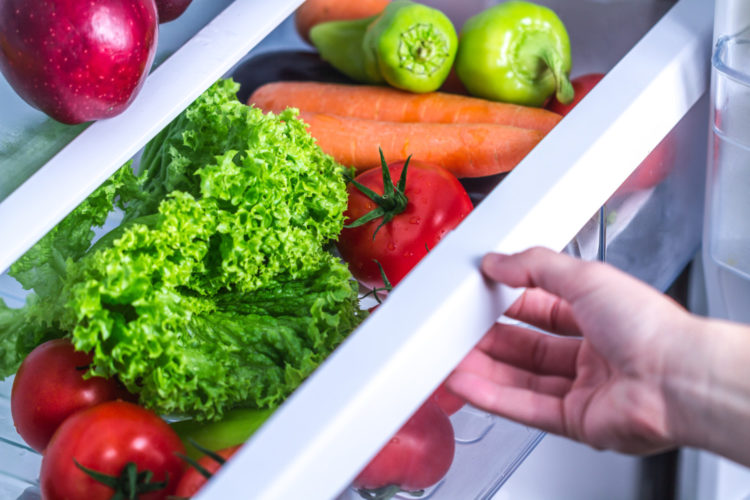Do Special Food-Saving Containers Really Keep Produce Fresh Longer?

One of the biggest problems we have in America is the amount of food we waste every year, and a huge part of that is produce — we throw out about half the produce we buy. Pretty sobering, isn’t it?
Well, as a result, a number of companies have come out with food storage containers that claim to extend the shelf lives of your produce so you don’t have to throw your strawberries out after four days. But do they really work? Consumer Reports put a few of the most popular ones to the test, and here’s what they found:
The Produce:
The testers at Consumer Reports bought strawberries, raspberries, mesclun mix lettuce and heads of leaf lettuce.
The Products:
The produce went into various containers from Debbie Meyer, Oxo, Prepworks, and Rubbermaid, and some was kept in the original containers.
All of the produce went into separate refrigerators with one original grocery-store container in the produce drawer with an ExtraLife Produce Saver disc, and a control container in the main compartment of the fridge. The third container went into the main compartment of a dual-evaporator fridge.
The Results:
Some of the containers extended the life of the produce by a tiny bit, but not enough to warrant purchasing. Everything was too spoiled to eat by the two-week mark. Surprisingly, none of the specialized containers performed much better than grocery-store ones. Although plastic clamshell containers might seem poorly made, “some forethought has gone into their design,” says Julia Collin Davison, the executive editor of the book division and co-host of the “America’s Test Kitchen” shows on PBS.
The Takeaway:
Consumer Reports did test a few containers that may be worth purchasing for several of their design features (stackable!). Feel free to test any or all of them — just don’t expect a miracle. The key may be to use produce with a few days after purchase.
For Strawberries:
Try the Rubbermaid FreshWorks Produce Saver ($20 for a two-piece set). This container elevates the food on a tray and the lid has a vent, allowing for better air circulation. According to the experiment, the strawberries in the FreshWorks and in the original container in the dual-evaporator fridge fared best. The strawberries in the control container became dry but not moldy. The others all developed mold by the end of two weeks.
Pro tip: if you can’t eat all your berries at once (or they’re on sale), hull and freeze half right when you get home. That way you’ll have fresh strawberries in a pinch for a recipe or an easy smoothie base when a craving strikes.
For Raspberries:
Consider trying Debbie Meyer UltraLite GreenBoxes ($25 for a 16-piece set). These resemble regular food containers, but at the end of weeks one and two, the raspberries in these looked best. The berries in the original containers from the main compartments of the test refrigerator and the dual-evaporator fridge looked good as well.
For Salad:
The OXO Good Grips GreenSaver Produce Keeper ($20) is a colander within a container and features other handy assets like an adjustable vent, space for water and an activated charcoal filter to capture off-gasses. After one week, both kinds of lettuce were doing well in the Oxo container and the mixed greens in the original containers were fine. After two weeks, however, they all smelled funky and bits and pieces were rotting. By then, the top layer of the mesclun in the Oxo was the most wilted.





